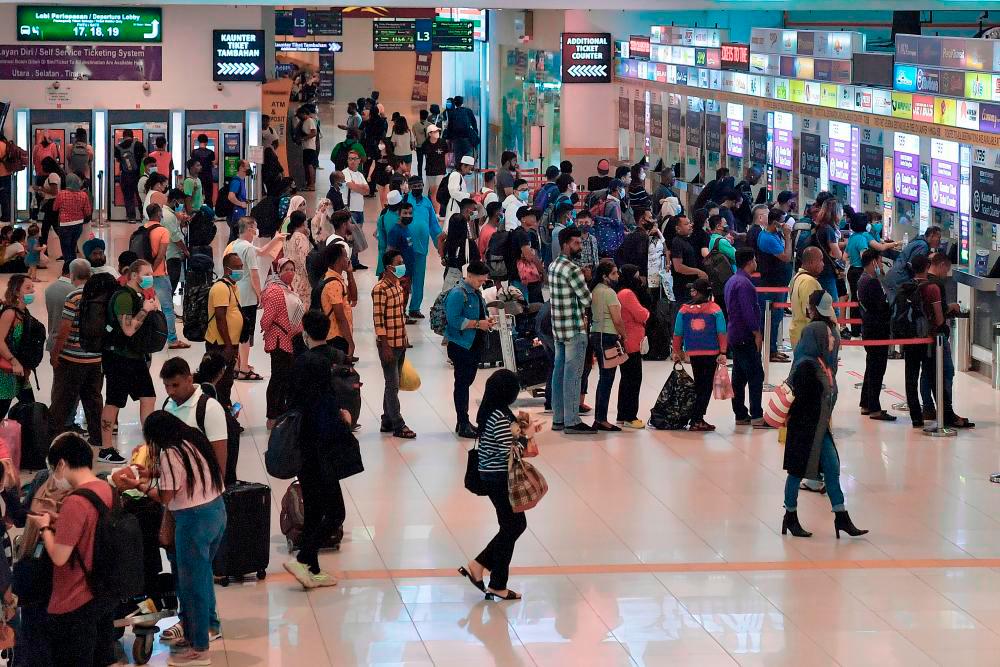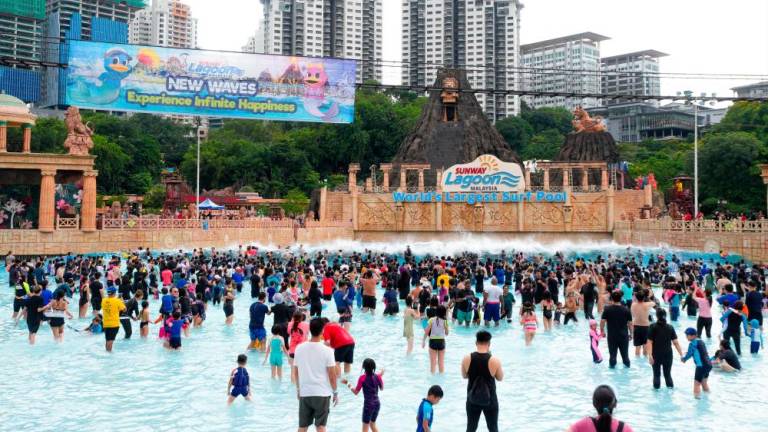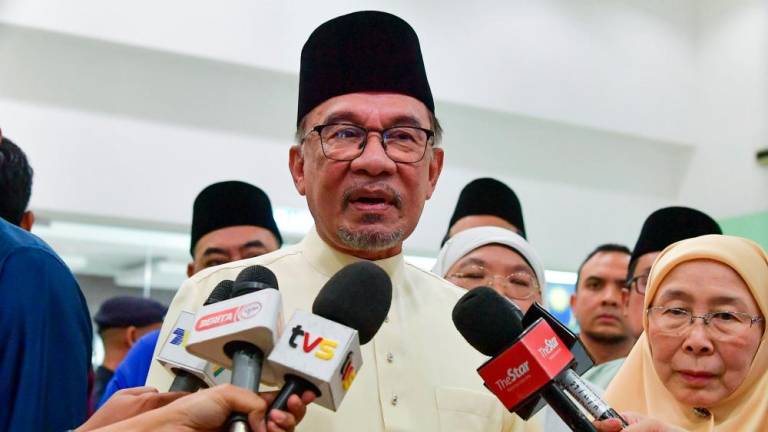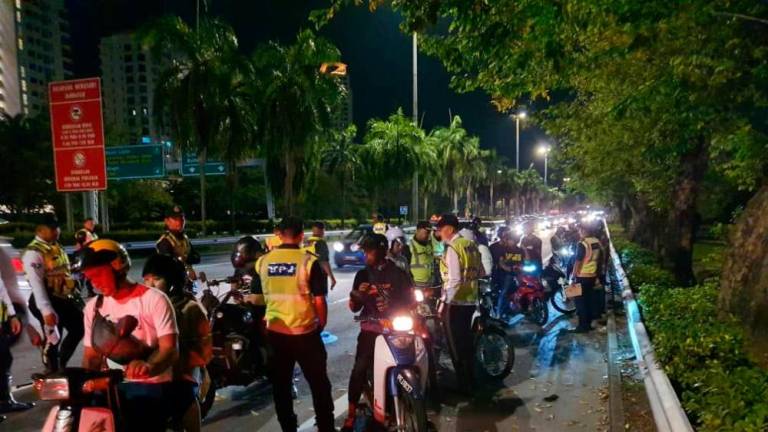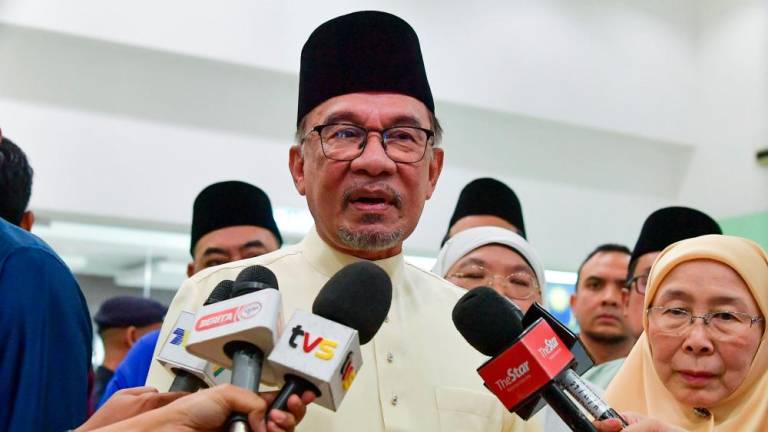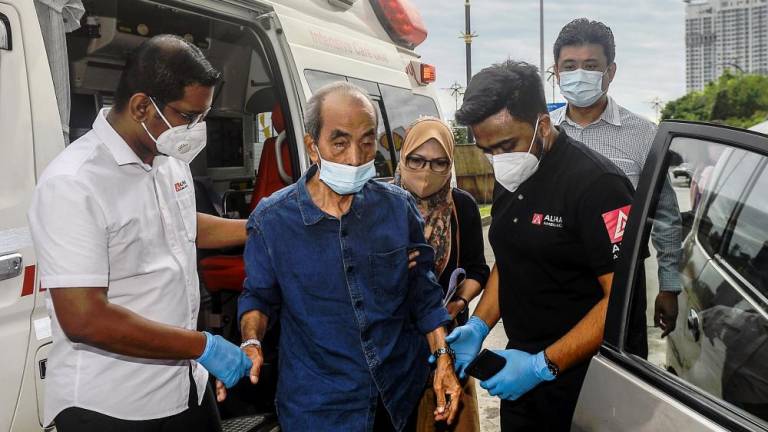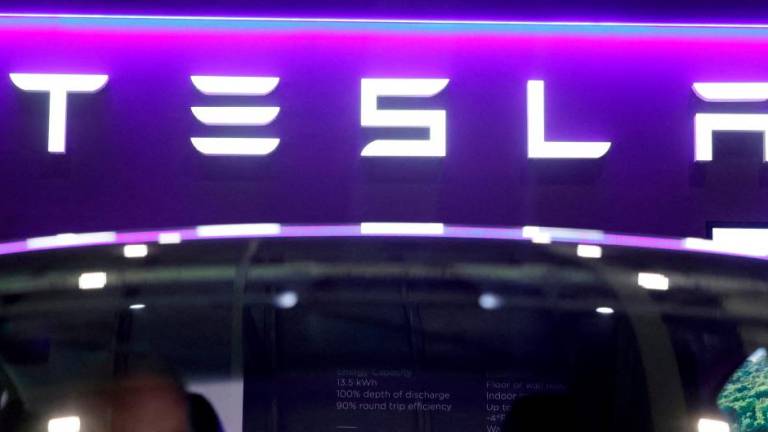HALF a century ago, I travelled all over Peninsular Malaysia in tour buses working as a tourist guide. Over the past decade, I drove from Kuala Lumpur to Alor Setar, Ipoh, Lumut, Seremban, Malacca and Kuala Terengganu to conduct tourism courses.
I have flown to Langkawi, Penang and Johor Bahru to conduct training, apart from Kuching and Kota Kinabalu.
Last weekend, I conducted training in Johor Bahru and decided to travel by express bus, hoping to enjoy the scenery along the North-South Expressway (NSE).
I would have preferred the KTM service if there was no need to switch trains at Gemas.
But I may consider taking the fast electric train to Butterworth when I next conduct training in Penang, as the view from the railway tracks can be quite different from that of expressways.
For those travelling alone from Kuala Lumpur to Johor Bahru, it does not make sense to drive, as charges from Sungei Besi to Skudai toll plazas is RM33.21, which is close to express bus fares.
There is also wear and tear plus petrol, parking and repair costs for any collision damage.
The main express bus terminal in Kuala Lumpur is called Terminal Bersepadu Selatan (TBS) and I reached there by taking a light train.
At TBS, a centralised booking system is used for bus tickets and 59 counters were operating that day but all with long queues.
Fortunately, there was a counter for senior citizens and I joined this queue.
But I was puzzled upon spotting younger people waiting in front of me.
The signage on the next counter showed “Airport Crew”, but non-airport workers and foreign tourists were also served.
As the queue I was in moved very slowly, I witnessed many others using the airport crew counter coming and going while I waited as there were just a few people in front of me.
Instead of choosing the next trip at noon, I opted for 12.15pm and a single seat on the left row.
Before entering the departure hall, I checked at the gate and was told there are no toilets inside the waiting area.
So I used the one outside to get ready for a long journey ahead.
At one time, express buses used to have a toilet at the back of the vehicle, similar to aircraft.
While flight delays are common and known by many, I now learned that it is normal for express buses to depart later than scheduled from TBS.
This tidak apa or couldn’t care less attitude would continue as long as their departure times are not monitored by the relevant authorities.
My express bus left TBS Kuala Lumpur for Larkin Sentral Johor Bahru exactly one hour behind schedule.
The air-conditioning was good and the overhead rack functional, but there were no seat belts, and the bus was bumpier than usual from weakened shock absorbers.
Just nine minutes later, the driver stopped at a Petronas station and resumed the journey after spending eight minutes refuelling.
There was one “rest and relaxation” (R&R) stop along the way and the bus was there for 19 minutes from 2.58pm to 3.17pm.
The bus reached Larkin Sentral at 5.41pm and without counting the stoppage time for refuelling, R&R and letting some passengers get off by the roadside, the travelling time took four hours. The driver was not speeding, as he was overtaken by many other express buses.
Bus passengers arriving at Larkin Sentral and planning to use the e-hailing service would have to walk through the adjoining wet market and make the exit from there.
I walked further down to a corner building housing KFC/Pizza Hut so that the e-hailing car could go directly to my hotel.
Two days later, I again used the e-hailing service to return to Larkin Sentral, which also operates the centralised booking system for all bus tickets but only nine counters were open, with five others closed.
Again, I queued at the special counter for disabled people and senior citizens but to my dismay found many younger people, including foreign workers, were queuing in front of me.
And just like at TBS, it was a long wait while many people using other counters came and left.
Many trips to TBS are already fully booked and the earliest departure was 4.25pm.
Again I chose a single seat on the left side of the bus, which was issued at 1.50pm.
To kill time, I checked out all the shops and floors in the Larkin Sentral bus terminal and the multi-storey market.
At 4pm, I entered the departure gate and the electronic board showed that the bus I booked had “checked in” and displayed the vehicle’s registration number.
Just before the scheduled time of departure at 4.25pm, I checked with the operations counter and was told to wait.
But at 4.25pm, the status for my bus departure was changed from “checked in” to “delayed”.
Later, the 4.55pm scheduled departure by another bus from the same company showed “boarding”.
So, I made another query at the operations counter and was told to go to Bay 14.
There, I saw a bus from the same company but with a different registration number.
Although there were continuous announcements of departures from 4.00pm, they stopped at around 4.30pm.
I boarded the bus and noticed it was already half full and found the seat that I booked taken and the passenger explained to me it was free seating after two trips were combined into one. Luckily, the seat in front was empty but there was no overhead rack in the mid-section of this bus.
At 5.02pm, the bus left Larkin Sentral and from 7.11pm, it was a slow crawl along the North-South Expressway for no apparent reason, as there were no roadworks or accidents.
At 7.35pm, the bus stopped for a 20-minute rest break at an R&R.
Mercifully, it did not rain as passengers needing to relieve themselves would be drenched and those that needed to use one of the toilet cubicles would have to queue up.
Later, the driver, wearing only slippers, drove off without counting the number of passengers.
The bus could only travel slowly in heavy traffic all the way until the last exit of Seremban and then it was back to normal speed. Again, this bus driver was also not speeding as he was overtaken by other express buses.
Finally reached TBS at 10.37pm and travelling time took an exhausting five hours and 15 minutes without including the 20-minute rest break.
At TBS, I tried to book an e-hailing service and I could detect many e-hailing cars nearby but none of the drivers responded.
After waiting for some time, I decided to take the train to Chan Sow Lin station and I had better luck there.
Seated in the e-hailing car and on the way home, it was already 11.43pm.
Different experiences
When driving north along the NSE from Kuala Lumpur, there are many interesting sights such as buildings, houses and farms, and fantastic sceneries such as a high waterfall near Tapah.
Before reaching Ipoh are wide open valleys between mountains and picturesque limestone hills.
But there was nothing interesting to see driving south of the same expressway, especially along the entire stretch in Johor, as there were either oil palms, rubber trees or belukar (secondary jungle), and all the trees were close to the expressway and obstructing distant views.
In the 1970s, tour buses would pass through Malacca, Muar and Batu Pahat on the way to Johor Bahru and Singapore.
I remember the many rambutan trees by the roadside with branches heavy with red or yellow fruits hanging low. My tourists and I saw a patch of paradise on earth.
My first express bus trip serves as a wake-up call not to continue romanticising about the road journeys in Peninsular Malaysia.
For more than a decade, I have stopped driving to explore the network of roads that connects towns and villages as traffic congestion in bigger towns grew.
My express bus journey last weekend was my first and also the last.
In future, I would either drive outstation, fly over longer distances, or may take a jungle train to Kota Bharu when on holiday.
I am also looking forward to the completion of East Coast Rail Line in 2027.
YS Chan is the master trainer for Mesra Malaysia and Travel and Tours Enhancement Course and an Asean Tourism Master Trainer. He is also a tourism and transport business consultant. Comments: letters@thesundaily.com



